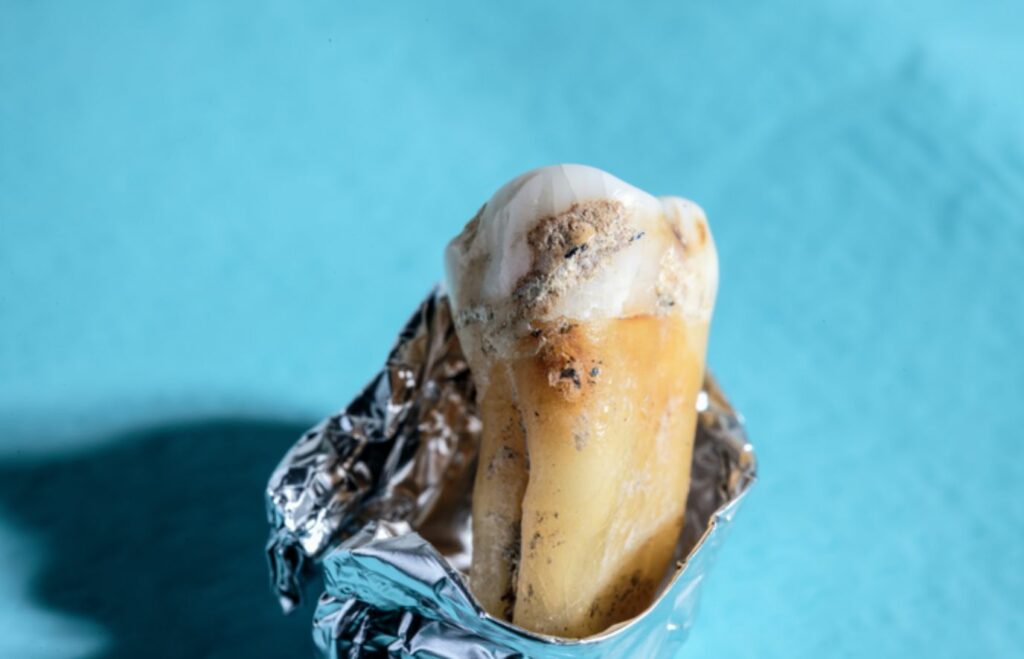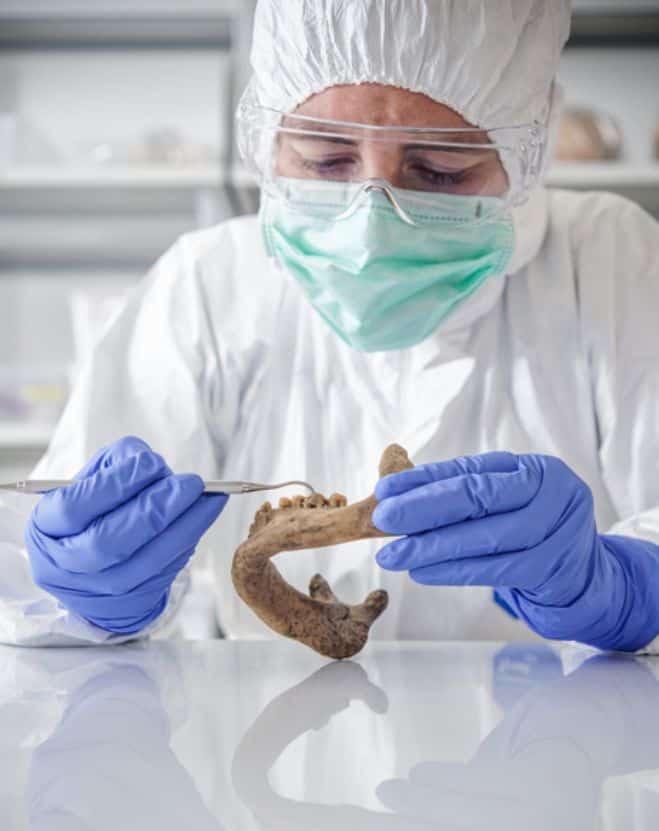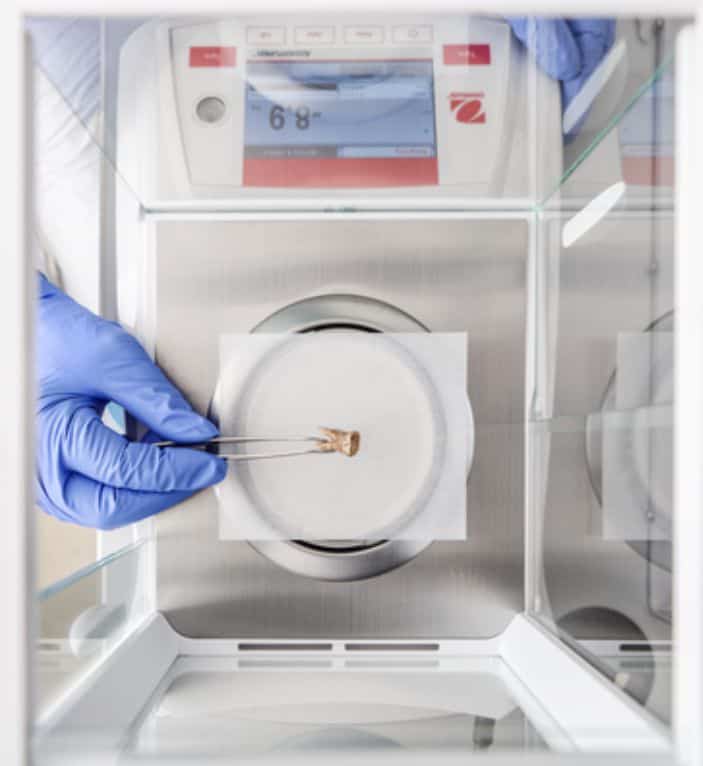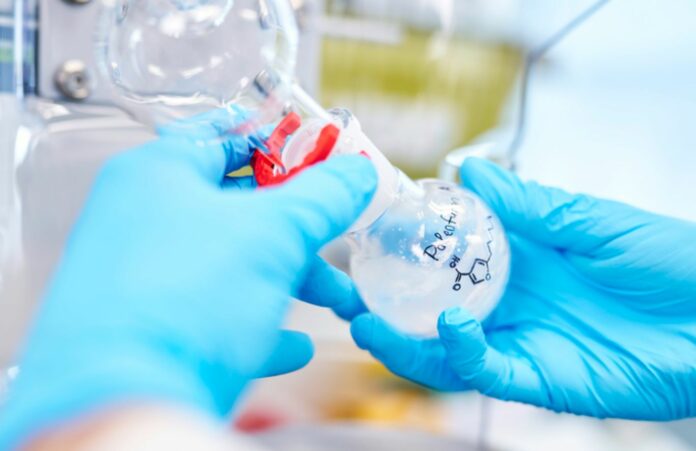From Fossilized Teeth to Ancient Chemistry: Breakthrough Study Resurrects Stone Age Microbes
In an interdisciplinary breakthrough, scientists embark on an extraordinary mission to reconstruct microbial natural products dating back up to 100,000 years, utilizing dental calculus extracted from both humans and Neanderthals.
Advancements in ancient genome reconstruction and biotechnology are unlocking the profound molecular mysteries of Paleolithic microorganisms.
A recent study, published in Science, showcases the collaborative efforts of a diverse team of researchers led by the Leibniz Institute for Natural Product Research and Infection Biology, the Max Planck Institute for Evolutionary Anthropology, and Harvard University.
The team successfully reconstructed bacterial genomes of previously unidentified bacteria from the Pleistocene era. Leveraging these genetic blueprints, they established a biotechnology platform capable of reviving the natural products synthesized by these ancient bacteria.
Microbes, hailed as nature’s greatest chemists, have given rise to a multitude of global antibiotics and therapeutic drugs. However, the production of these complex chemical natural products is far from simple. Bacteria rely on specialized genes encoding enzymatic machinery to synthesize these compounds. Presently, the scientific exploration of microbial natural products is primarily confined to studying living bacteria.
Nevertheless, considering that bacteria have inhabited the Earth for over 3 billion years, there exists an immense array of undiscovered therapeutic natural products derived from the ancient past – until now.
“In this study, we have reached a major milestone in revealing the vast genetic and chemical diversity of our microbial past,” remarks co-senior author Christina Warinner.
“Our aim is to chart a path for the discovery of ancient natural products and to inform their potential future applications,” points out co-senior author Pierre Stallforth.

Solving a Billion-Piece Jigsaw Puzzle of Ancient DNA
When an organism dies, its DNA breaks down into countless tiny fragments, making it difficult for scientists to match them to anything known today. For years, microbial archaeologists have struggled with this issue, but recent advances in computing have enabled researchers to piece together these fragments – much like a jigsaw puzzle – in order to reconstruct unknown genes and genomes. However, this process has been difficult with highly degraded and extremely short ancient DNA from the Pleistocene.
“We had to completely rethink our approach,” comments co-lead author Alexander Hübner.
After three years of testing and optimization, the researchers achieved a breakthrough by reconstructing stretches of DNA over 100,000 base pairs in length and recovering a range of ancient genes and genomes.
They “can now start with billions of unknown ancient DNA fragments and systematically order them into long-lost bacterial genomes of the Ice Age.”

Unveiling the Microbial Past of the Paleolithic Era
Their focus was on reconstructing the bacterial genomes encapsulated within dental calculus, commonly known as tooth tartar, from a diverse range of individuals. This included 12 Neanderthals dating back to approximately 102,000 to 40,000 years ago, 34 archaeological humans spanning around 30,000 to 150 years ago, and 18 present-day humans.
Tooth tartar, uniquely capable of fossilizing during an individual’s lifetime, transformed living dental plaque into a preserved archive of mineralized bacteria. Through meticulous efforts, the research team successfully reconstructed numerous oral bacterial species, uncovering both familiar and previously unknown genomes. Notably, they stumbled upon a mysterious member of Chlorobium, an enigmatic bacterium exhibiting signs of advanced age due to highly damaged DNA. This enigmatic Chlorobium species was discovered within the dental calculus of seven Paleolithic humans and Neanderthals, all of whose genomes were found to contain a biosynthetic gene cluster of unknown function.
“The dental calculus of the 19,000-year-old Red Lady of El Mirón, Spain yielded a particularly well-preserved Chlorobium genome,” adds co-lead author Anan Ibrahim. “Having discovered these enigmatic ancient genes, we wanted to take them to the lab to find out what they make.”
Unlocking the Secrets of Ice Age Chemistry: Ancient Bacteria Yield Surprising Discovery
The researchers employed synthetic molecular biotechnology tools to enable living bacteria to create the chemicals encoded by the ancient genes, revealing a new family of microbial natural products called “paleofurans”. The approach successfully applied to ancient bacteria for the first time, provides a glimpse into the hidden chemical diversity of earth’s past microbes.
Martin Klapper, co-lead author of the study, says, “This is the first step towards accessing the hidden chemical diversity of earth’s past microbes, and it adds an exciting new time dimension to natural product discovery.”

The research study’s success is a direct result of the ambitious collaboration between archaeologists, bioinformaticians, molecular biologists, and chemists to overcome interdisciplinary and technological challenges to push the boundaries of scientific discovery. Moving forward, the team aims to utilize this technique to discover novel antibiotics.
Source: 10.1126/science.adf5300
Image Credit: Werner Siemens Foundation, Felix Wey
